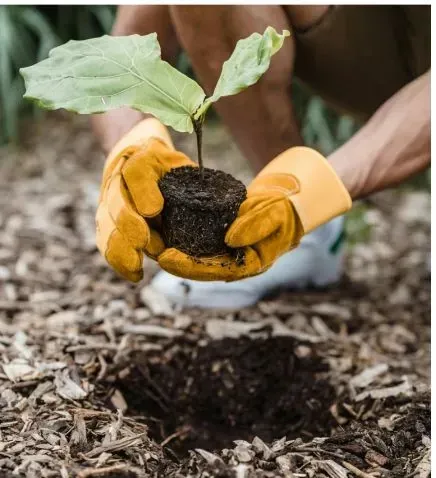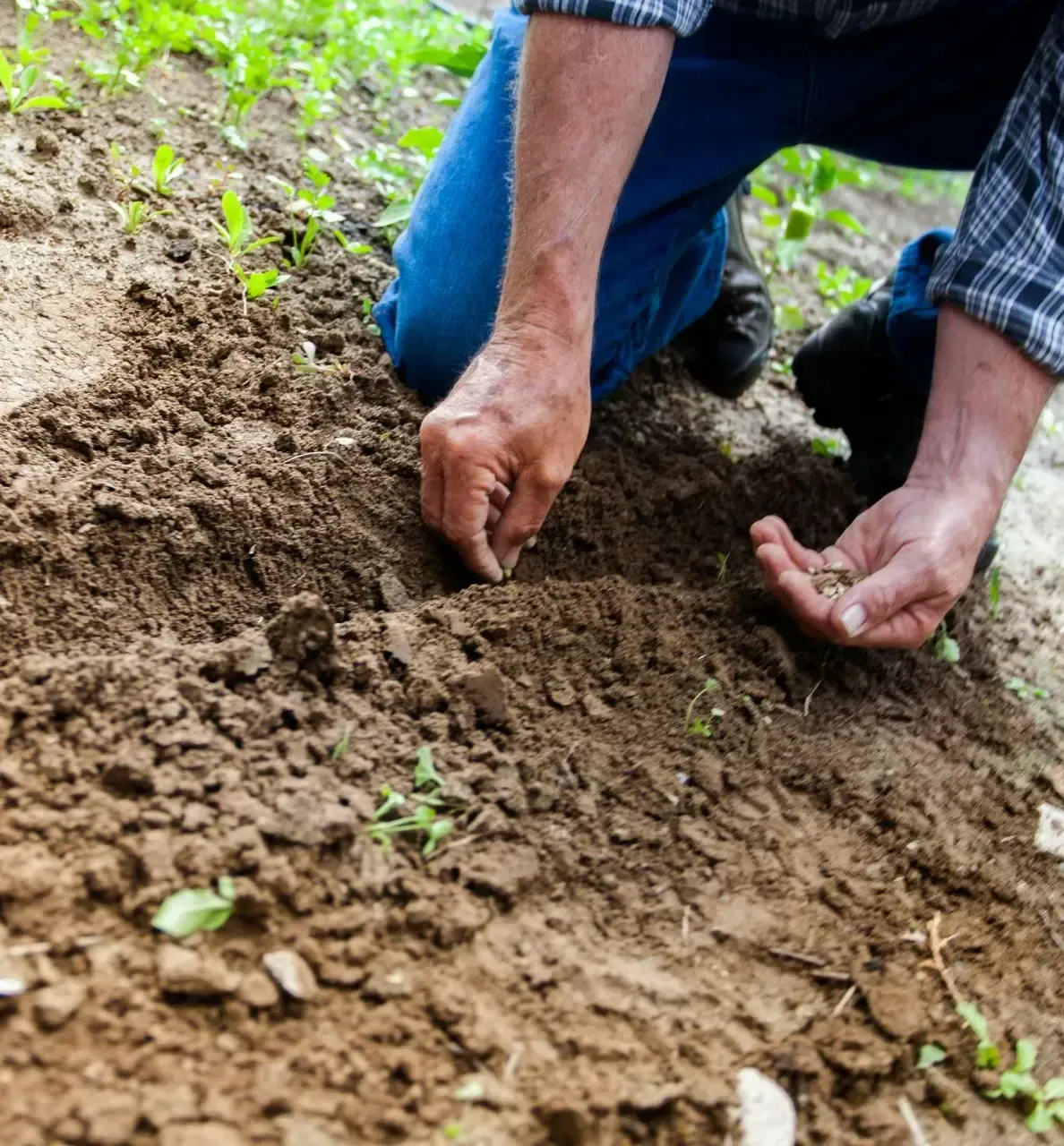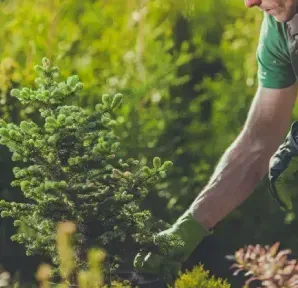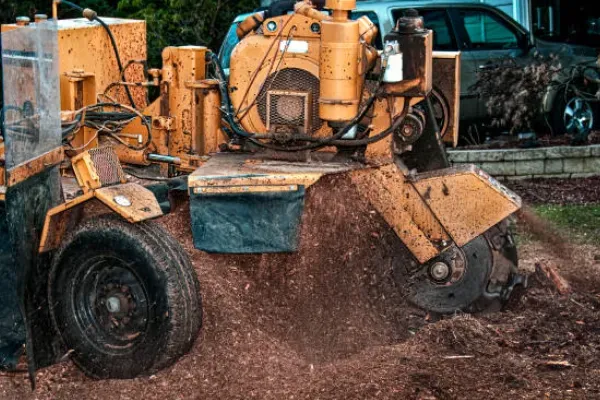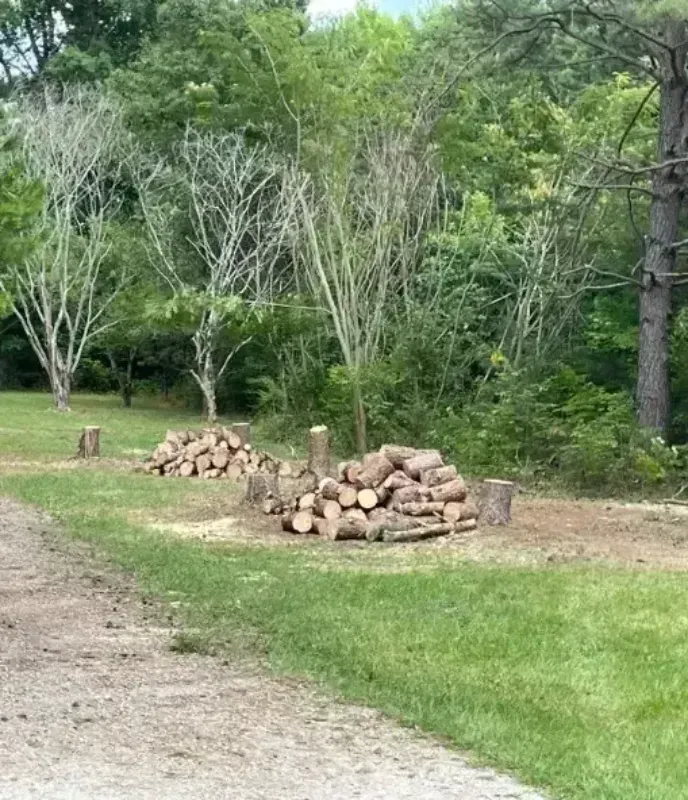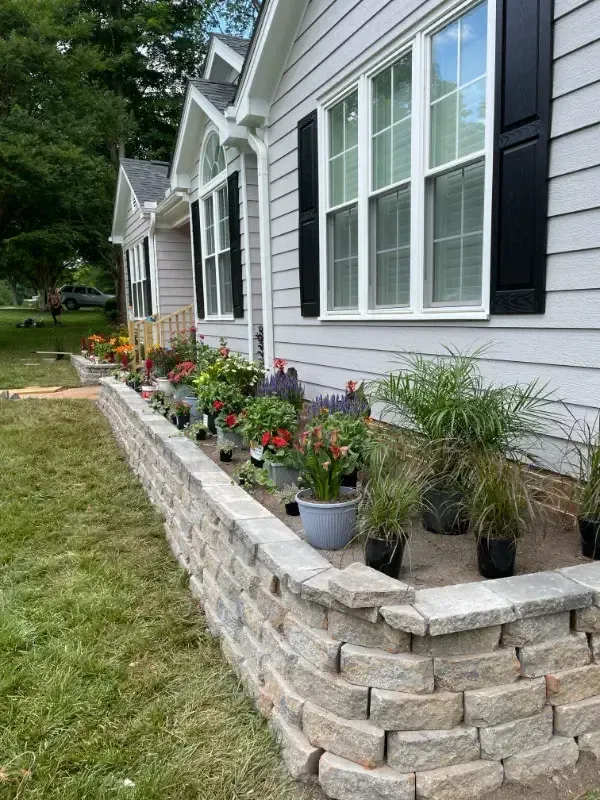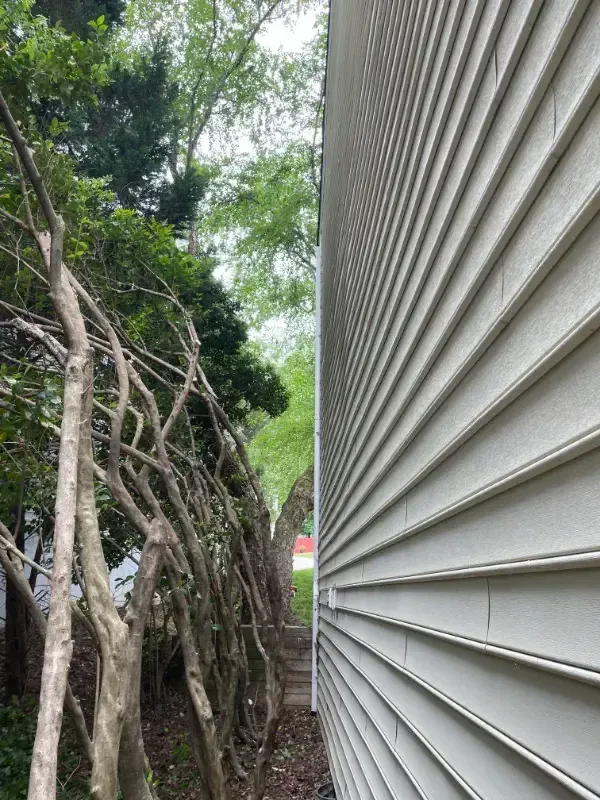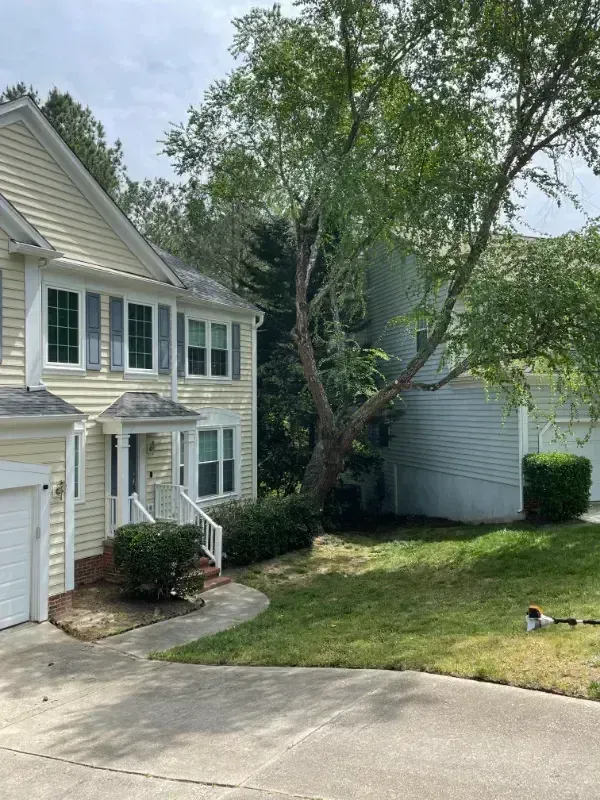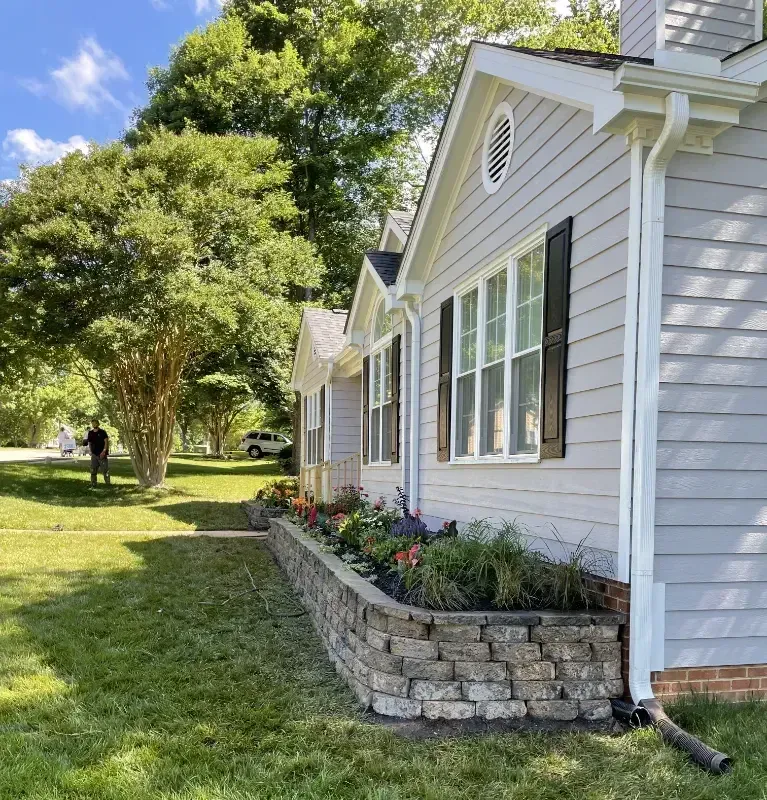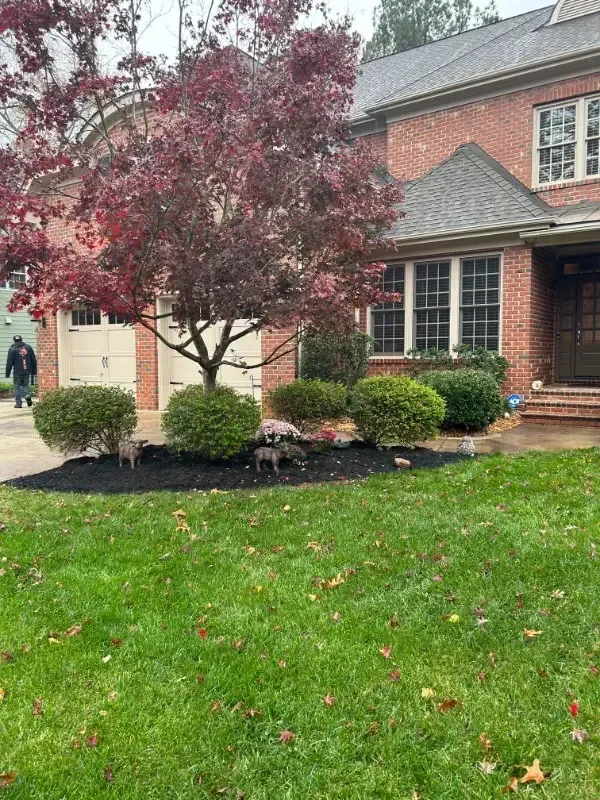The Do’s and Don’ts of Landscaping Around Trees
Why Proper Landscaping Around Trees Matters
Trees aren’t just the backbone of your yard; they’re living, breathing investments. A well-landscaped tree adds shade, boosts curb appeal, and even increases your property value. But here’s the catch—trees are sensitive. One wrong move, and you could damage their roots, weaken their structure, or even shorten their lifespan.
Think of tree roots like nature’s underground highways—responsible for delivering water and nutrients. When landscaping around trees, you need to be mindful of these delicate systems. The right landscaping choices will keep your trees strong and thriving for years to come, while the wrong ones could lead to costly removals or dead trees in your yard.
The Biggest Mistakes to Avoid When Landscaping Near Trees
Everyone loves a good backyard makeover, but some common landscaping mistakes can do more harm than good. One of the biggest missteps? Piling too much soil or mulch around the tree’s base. This suffocate
Another mistake homeowners make is planting aggressive, high-maintenance plants too close to trees. Certain shrubs and flowers compete with trees for nutrients, leaving both struggling. Instead of squeezing too much greenery around the trunk, give your tree some breathing room with proper spacing.
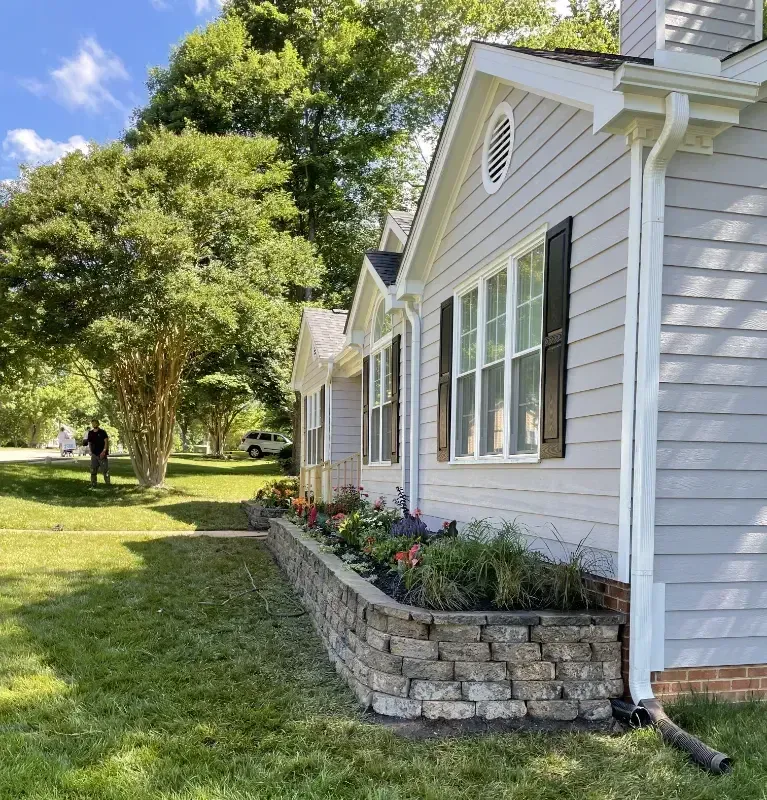
How to Choose the Right Plants for Landscaping Around Trees
Not all plants play nice with trees. Some, like ivy and bamboo, can overtake your tree’s space and steal its resources. Instead, go for shade-loving plants that thrive beneath tree canopies. Think hostas, ferns, wild ginger, and native ground covers.
Want to make things even easier? Choose low-maintenance plants that don’t need deep digging. That way, you won’t disturb the tree’s delicate roots. The goal is to create a
harmonious landscape where both your trees and plants flourish.
The Best Mulching Practices to Protect Tree Health
Mulch is a tree’s best friend—when used correctly. A 2- to 4-inch layer of organic mulch (like wood chips or shredded bark) helps retain moisture, suppress weeds, and regulate soil temperature. But here’s the golden rule: keep mulch away from the trunk.
Think of it this way—trees need space to breathe. Piling mulch against the trunk creates a “mulch volcano” that traps moisture and invites pests and disease. Instead, spread it evenly around the base in a wide, doughnut-shaped ring, leaving a few inches of space near the trunk.
Why You Should Avoid Raising Soil Levels Around Trees
It’s tempting to add extra soil around a tree to level out your yard, but this can suffocate the roots. Tree roots need oxygen, and adding too much soil on top blocks air from reaching them. Over time, this can weaken the tree, making it more susceptible to disease and decay.
Instead of burying your tree’s roots under layers of soil, work with the natural landscape. If you need to level an area, consider using retaining walls, raised garden beds, or natural stone pathways to maintain airflow while keeping your yard aesthetically pleasing.
Safe Hardscaping Tips: Patios, Walkways, and Tree Roots
Hardscaping—like patios, pavers, and stone walkways—adds structure to your yard, but it needs to be done carefully around trees. If you’re installing a patio near a tree, leave plenty of space for the roots to expand. A good rule of thumb? Stay at least five feet away from the trunk to avoid root damage.
For walkways, use permeable materials like gravel, stepping stones, or mulch pathways. These allow water and oxygen to reach the roots, keeping your tree healthy while still giving you a beautiful, functional yard.
How to Water Trees Without Harming Your Landscape Design
Your tree needs water, but how you water it matters just as much. Overwatering or improper irrigation can lead to root rot, while underwatering can weaken your tree over time. A slow, deep watering method is best—drip irrigation or soaker hoses work wonders, ensuring even moisture distribution.
Instead of watering right at the trunk, focus on the outer root zone where the tree absorbs the most moisture. This encourages strong root growth and prevents standing water near the base, which can attract pests and disease. A well-hydrated tree is a strong tree that stands tall for years to come.
The Impact of Lawn Equipment on Tree Roots and Trunks
Lawnmowers and weed whackers are silent tree killers. A few accidental bumps against the trunk might not seem like a big deal, but over time, they cause serious damage. Cuts in the bark leave trees vulnerable to disease and pests, weakening their natural defenses.
The fix? Create a mulch ring around the tree’s base to act as a buffer zone. This keeps lawn equipment at a safe distance and also improves soil health. If you have grass around the tree, be extra careful when trimming, or better yet, swap out turf for ground cover plants.
Fertilizing and Soil Care for Healthy Trees in Landscaped Areas
Not all soil is created equal, and trees in landscaped areas often need a little extra care. If your tree isn’t growing as lush as it should, it might need a nutrient boost. Organic compost, slow-release fertilizers, and natural amendments can help enrich the soil without overloading it with chemicals.
Before fertilizing, test your soil to see what it’s lacking. Too much fertilizer can do more harm than good, leading to weak, fast-growing branches that break easily. Aim for a balanced approach that nurtures both the tree and the surrounding landscape.
Hiring a Professional for Tree-Friendly Landscaping
Sometimes, the best landscaping decision is knowing when to call in the pros. A certified arborist can assess your yard and recommend the best ways to enhance your landscape without harming your trees. Whether it’s root protection, tree trimming, or designing a tree-friendly garden, expert advice can save you time, money, and headaches in the long run.
At
Executive Tree Service NC, we specialize in tree care and landscaping solutions that keep your trees thriving. Whether you need pruning, planting, or expert guidance on landscaping around your trees, our team in
Creedmoor, NC is here to help. Give us a call today at
(919) 702-5904
to schedule your consultation and let’s create a yard that’s beautiful
and tree-friendly!
